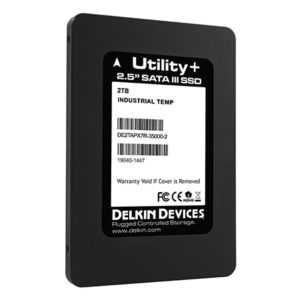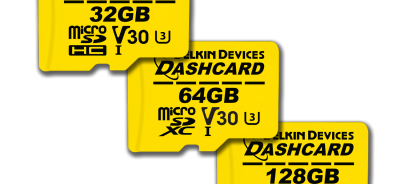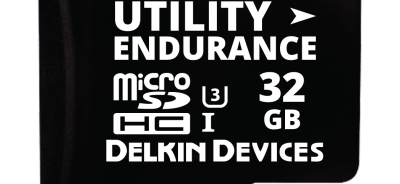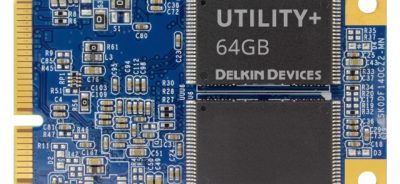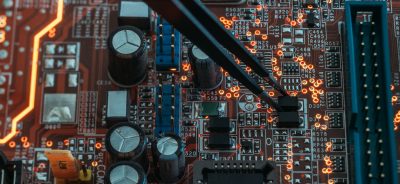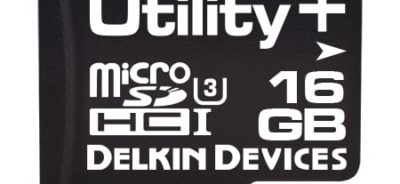Taking a Closer Look at SSD SATA 3
If you’re looking for a drive for a new device, chances are that you have encountered SSDs with SATA 3 technology. These drives offer the most reliable functionality and fastest SATA interface speeds available, making them a natural fit for industrial applications. Why should you consider an SSD instead of an HDD for your device, and how does SATA 3 fit into the picture? Here is what you need to know about SSD SATA 3.
What is the difference between SSDs and HDDs?
In the past, nearly every device on the market contained an HDD, or hard disk drive. These drives offer an enormous amount of capacity. The information stored on an HDD is written to magnetic tape, which is both programmed and erased with the assistance of a spinning disk inside the drive. Despite the high levels of capacity, there are some drawbacks to HDDs. The spinning disk makes them prone to mechanical failures that can lead to lost data or loss of operations. The disk also makes HDDs slower than other drives, because the disk has to fire up and start spinning for every operation.
SSDs, or solid state drives, have replaced HDDs in terms of popularity for several reasons. With an SSD, there is no spinning disk. Instead, data are stored via electrical charges. Thanks to the lack of moving parts, SSDs are considered to be much more reliable than HDDs. They also tend to have longer lifespans. In addition, SSDs are much faster than HDDs, because there is no need for a disk to spin for them to perform operations.
What should I know about SSD SATA 3?
SATA is short for Serial ATA. It is an interface through which devices like SSDs connect to the motherboard of computing systems. SATA 3, sometimes written as SATA III, is the third and latest incarnation of the SATA interface.
SATA 3 offers fast data transfer speeds of 6 Gb/s, thus creating a speedy lane of data transfer between drives, storage units, and other devices that are connected to the motherboard via the SATA interface. As with all versions of SATA, SATA 3 is designed according to strict standards determined by the SATA-IO, or Serial ATA International Organization. This allows OEMs and designers to know exactly what to expect when they choose an SSD SATA 3.
For more information about choosing an SSD with SATA technology, contact Delkin. Our team is available today to answer your questions.
ORDER DELKIN INDUSTRIAL FLASH STORAGE TODAY through our distribution partner Newark.
 Login
Login Register
Register


